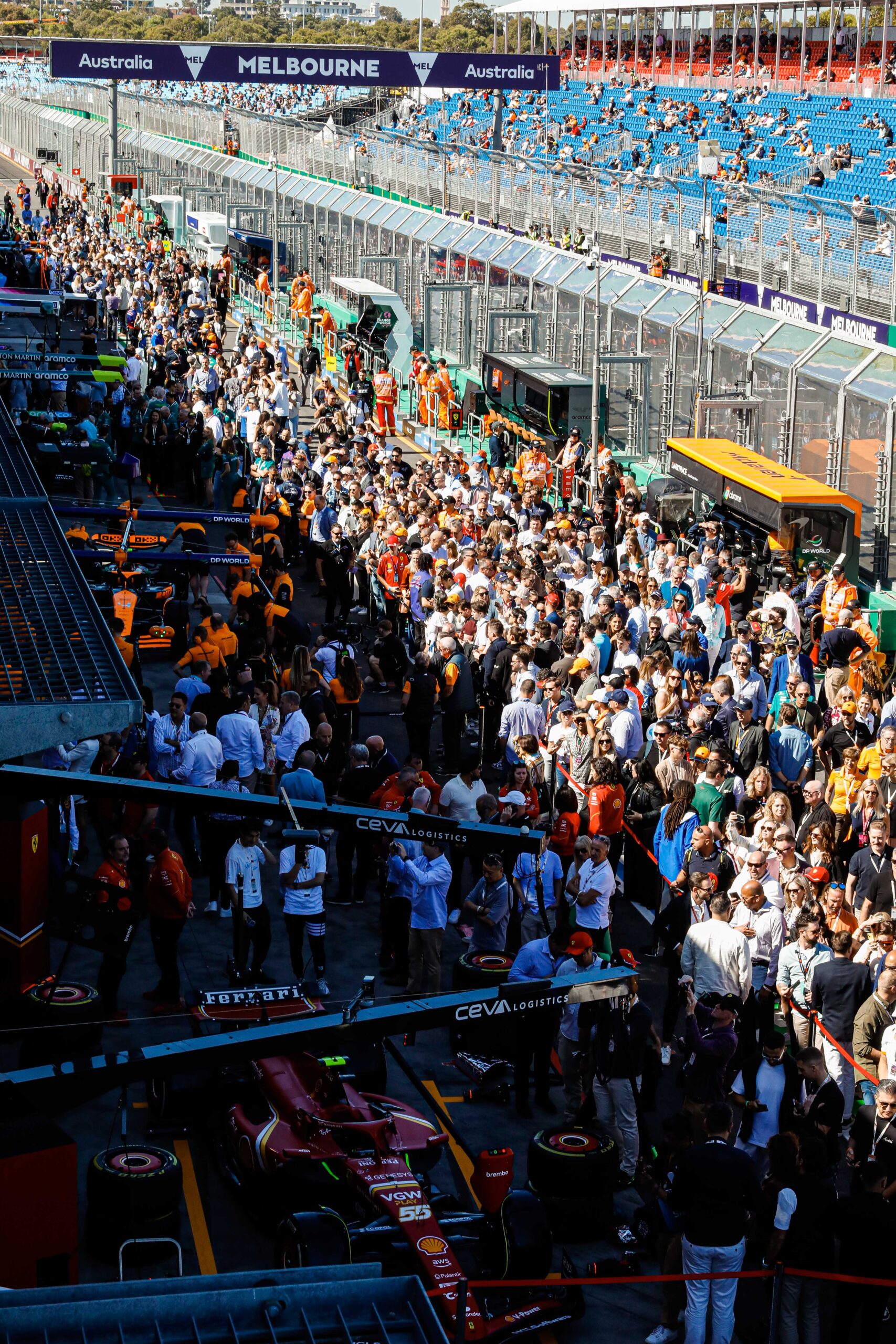‘There is more interest in Formula 1 now than ever before’: Trackside at the Australian Grand Prix
Teenagers flanked the entry to Albert Park, screaming and waving at tinted windows with the hope that Daniel Riccardo or Max Verstappen might be behind them. Fans of all ages are dressed like race-car drivers, emblazoned with automotive manufacturing corporation logos, to which they ascribe similar tribal aspects seen in football fans. A line of hopefuls waiting to walk through the pit lane snakes for kilometres, and not even the jet-like roar of rear wheels being replaced in under 0.7 of a second every few beats cannot stop the crowds from surging closer, craning for a view of the Ferrari pit crew in full flight.
It’s four days of Formula 1 action at Albert Park in Melbourne, and by Sunday evening, there will have been close to half a million people through the gates, and another 400 million watching the action through various glowing boxes, dotted around the globe.
Billions of dollars have been spent on this weekend alone, and the results speak for themselves.


